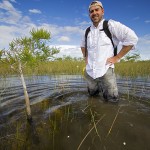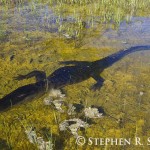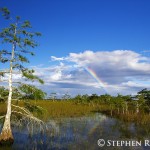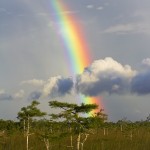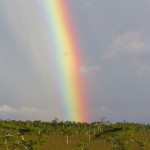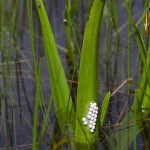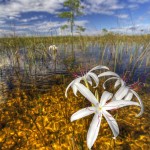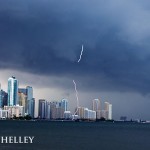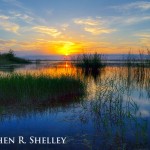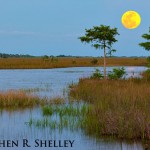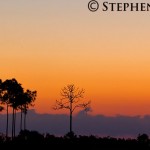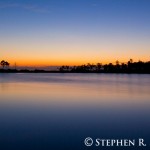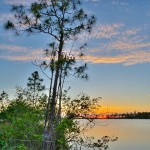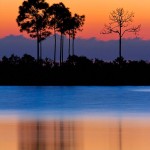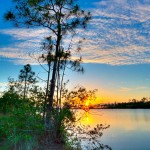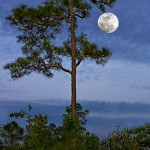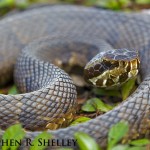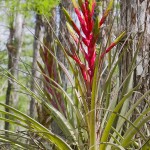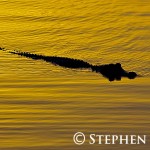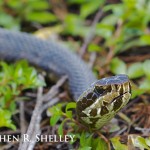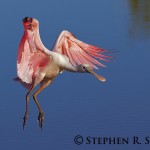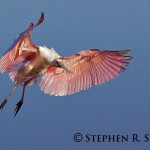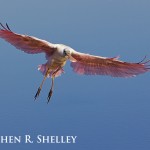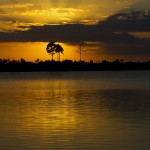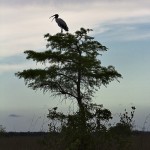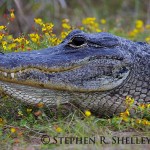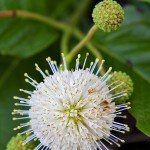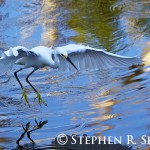Planned a trip to Christian Point Trail with a photographer friend of mine this week. We decided to try and capture a sunrise from the end of the trail overlooking snakebight. Unfortunately, this required leaving the house at 4:45 AM in order to get to the trail head by 5:45 AM. The hike to the end of the trail takes about 45 minutes and since we were making this trip in the dark we left ourselves a little extra time for any wrong turns or unforeseen events.
Christian Point is a 1.8 mile hike through varied terrain and ending at the waters edge overlooking Snake Bight. The shoreline faces due West making this an ideal sunrise location. The trail starts by going through a mangrove forest before opening up into a small marl prairie. After the first marl prairie you enter a large hardwood hammock where the trees are covered with epiphytes such as bromeliads, orchids and wild pineapples. The hardwood hammock eventually thins out and the trail emerges into a large marl prairie that is about .5 miles long and full of dead buttonwood trees from past hurricanes. At the end of the prairie is another thin clump of mangrove trees ending at the waters edge.
Unfortunately, the shoreline is densely covered in Mangroves leaving little in the way of options for choosing a photography location. One is limited to the opening at the end of the trail. The sunrise view is great however the composition options are limited. I was able to get an OK shot using the surrounding mangroves trees and overhanging branches silhouettes to frame the sunrise. In order to accomplish this I had to use a wide angle lens causing the sun to look small in the picture. I did take a few with a long lens before the sun came up but quickly realized the sun was going to rise away from the subject I had chosen in the distance.
I did not have time to explore to see if other openings existed farther down. I will try to plan a return trip when I am not in a hurry.
I found Christian Point Trail in Everglades National Park to be one of the more interesting designated trails in the park. The varied landscape created multiple photographic subjects. One could do landscape shots in one area and then switch to macro or plant specific shots in another. I also saw a good number of raptors flying overhead or perched on the dead buttonwood trees. However, be warned that the mosquitoes can be very thick in the mangrove and hardwood hammocks. When I was there they were not to bad but the temperature was in the 60’s in the morning. As the temperature started to warm up they started to become more plentiful.
I do not know if I would hike the trail again only for a sunrise as I think there are better sunrise locations within the park that do not require as much work to shoot. However, I will definitely return to Christian Point Trail for other photography subjects that are available on the trail.
